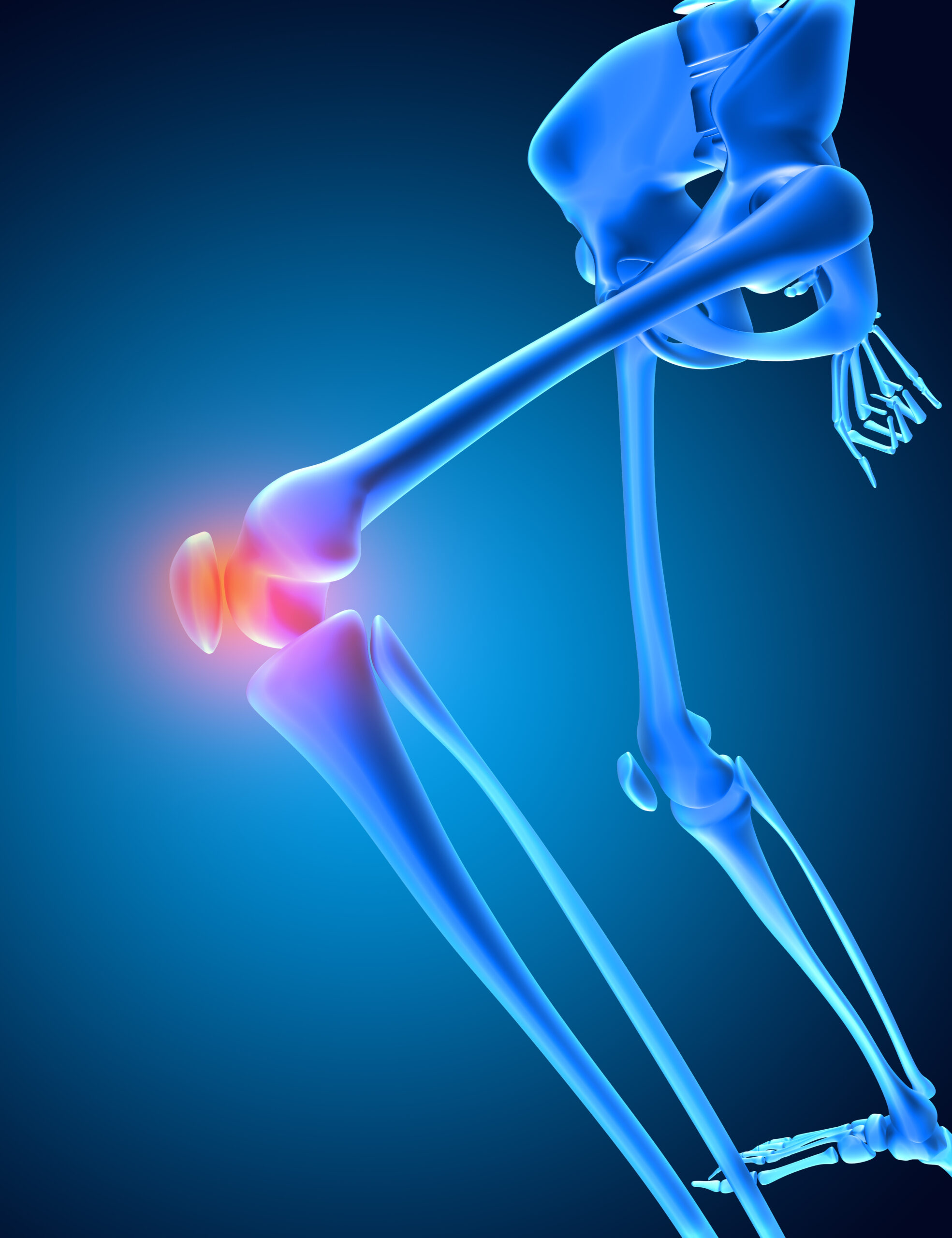The Chalcolithic culture of India is specified into various periods:
| Period I | Chalcolithic (c. 18th–7th BCE) | Primary phase of Chalcolithic culture, where early agricultural settlements emerged. |
| Period II | Early Historic (c. 7th–2nd century BCE & 2nd century BCE – 1st century CE) | Transition towards urbanization and social complexity. |
| Period III | 1st–6th centuries CE | Continued expansion of settlements and technological advancements. |
| Period IV | Late Medieval Period (16th–18th centuries CE) | Marked by cultural transitions and integration with later historical periods. |
Major Chalcolithic Cultures in India
1. Ahar-Banas Culture (Rajasthan)
It is also known as the Banas culture, this was one of the earliest Chalcolithic cultures in India, primarily located in southeastern Rajasthan.
| Settlements: | Ahar, Balathal, Gilund, Ojiyana, and Pachamta. |
| Economic Activities: | Agriculture (wheat, barley, millet, and rice) and copper metallurgy. |
| Artifacts: | Black and red ware pottery, stone tools, and bull figurines |
| Decline: | Environmental changes led to the abandonment of sites. |
2. Kayatha Culture (Madhya Pradesh)
Located along the tributaries of the Chambal River, the Kayatha culture flourished in present-day Madhya Pradesh.
| Pottery: | Chocolate-slipped ware with decorative motifs. |
| Economy: | Subsistence farming, stock raising, and hunting. |
| Ornaments: | Semi-precious stone bead necklaces. |
| Decline: | Possibly due to an earthquake. |
3. Malwa Culture (Central India)
This culture flourished along the Narmada River and its tributaries in Gujarat and Madhya Pradesh.
| Important Sites: | Maheshwar, Navdatoli, Nagda, Eran, and Kayatha. |
| Pottery: | Malwa ware with cream slip and painted motifs. |
| Subsistence: | Cultivation of wheat, barley, rice, and pulses; domesticated animals. |
| Decline: | Climatic deterioration. |
4. Jorwe Culture (Maharashtra)
The most important Chalcolithic culture of Maharashtra, covers the Tapi, Godavari, and Bhima valleys.
| Major Sites: | Daimabad, Inamgaon, and Prakash |
| Settlement Patterns: | Regional centers, villages, hamlets, and farmsteads |
| Burial Practices: | Child urn burials; unique four-legged urn burials at Inamgaon |
| Decline: | Climatic changes and environmental stress |
5. Prabhas and Rangpur Culture (Gujarat)
These cultures show influences from the Harappan civilization.
| Artifacts: | Polished red ceramic pottery |
| Economy: | Agriculture and animal husbandry |
| Influence: | Descended from Late Harappan settlements |
6. Ochre Colored Pottery (OCP) Culture
OCP culture sites have been found in the upper Ganga-Yamuna Doab region.
| Key Sites: | Ahichchhatra and Jodhpura |
| Association: | Often linked with Copper Hoards found in northern and eastern India |
| Development: | Shows similarities with pre-Harappan and early Harappan artifacts |
7. Painted Grey Ware (PGW) Culture
The PGW culture represents a later phase with advanced pottery techniques.
| Geographical Spread: | From Pakistan’s Bahawalpur region to Kaushambi (Uttar Pradesh). |
| Pottery: | High-quality grey ware with fine fabric and painted designs. |
| Settlement Patterns: | Mud huts, wattle-and-daub structures. |
| Technology: | Iron tools and agricultural implements. |
Significance of Chalcolithic Culture
- Agricultural Developments: The Chalcolithic people made a substantial transition from hunting and gathering to settled farming when they began to plant wheat, barley, rice, pulses, and oilseeds.
- Metallurgical Advancements: Future developments in metallurgy were made possible by the use of copper tools and weaponry.
- Ceramic Styles: Diverse ceramic traditions, such as painted grey ware, chocolate-slipped pottery, and black and red ware, offer insights into cultural diversity.
- Cultural and Spiritual Practices: The discovery of fire altars, bull worship, and burials points to the earliest religious rites and beliefs.
- Commerce and Handicraft Expertise: Artifacts show networks of trade and craft specialization, such as in ceramics and beadwork.
In India, the Chalcolithic era bridges the gap between prehistoric societies and early urban centers, marking a pivotal moment in human history. The many cultural practices of this time period influenced the later Vedic and Iron Age societies and set the stage for later historical events. Their contributions to agriculture, technology, and social structure are still important for comprehending India’s ancient past, even though many Chalcolithic towns finally perished as a result of climate changes.




